Enermax ERT850EWT PSU (850 W)
For the upcoming test of power supplies with support for ATX 3.0 standard, we now have an Enermax model ready as well. The Revolution D.F. X combines more unconventional features, which makes it a pretty decent, unique power supply. Apart from some really rare features, Enermax is also betting on solid electrical wiring or an extra practical cabling. And yet it doesn’t outprice the competition.
From the outside…
Enermax is really active when it comes to the production of ATX 3.0 power supplies. Only relatively recently we wrote a report on the first Revolution models, and newer Revolution D.F. X power supplies are already on sale. Of those, we’ll be looking at the weakest, but with 850 watts still powerful model, the ERT850EWT. Again, this is a mid-range unit with an efficiency that is supposed to qualify for 80 Plus Gold certification. The manufacturer’s suggested retail price is 159.90 EUR, but it is often cheaper in the big stores too, and with a price of around 140 EUR it’s on par with the performance equivalents like the BeQuiet! Pure Power 12 M or the MSI MAG GL.
The remarkable thing about these PSUs is that they are surprisingly short with a length of only 140 mm (including the 1600 W variant), so in addition to excellent compatibility, they will also be easier to install in a case.
The question, of course, is how it will be with cooling. This will be provided by a 120 mm fan through a nicely non-restrictive grille (made of straight wires with a circular cross-section). The fan is primarily characterised by its double-sided rotation. Initially, the fan automatically shakes the dust off the blades and then, in the opposite, standard direction, it circulates the air for normal operation.
Enermax used to sell a functionally and geometrically similar fan (D.F Pressure) separately. The fan should switch on from 20 percent load of the power supply. That is, unless you count the initial clean-up.
The 850 W power variant is designed to handle 70.5 A on a 12-volt branch permanently, with spikes (100 µs) then double that, as specified by the ATX 3.0 standard. Thus, the power supply can withstand even the most critical current spikes typically caused by modern graphics cards.
For models with Nvidia Ada Lovelace GPUs, the power supply is equipped with 12VHPWR connectors. You can connect up to two of these at the same time – one “natively” (the cable has 16-pins from both sides) and the other via traditional 8-pins.
In both cases, the cross-section of the wires (18 AWG) and the design of the rest of the structure (headed by large contact area hollows) corresponds to a load of 600 W.
When it comes to taking advantage of the ability to connect two GeForce graphics cards, this performance option (with 850W) makes more sense for weaker models, up to the RTX 4070. With more powerful graphics cards at higher loads, you will already be approaching the imaginary edge of possibilities, where the power supply is already outside the band of optimal electrical efficiency.
Four 6+2-pin connectors are also available for Radeon owners, and you can also power the CPU via two 8-pins. In terms of cabling, the 850 W Revolution D.F. X is no different from the 1050 W one. The 1200 W then has one extra 6+2-pin PCIe.
Oh and about the ARGB LEDs from the title: Lighting is quite rare among power supplies, here Enermax implements it with a light-conducting panel with the Revolution D.F. X logo across the entire side panel, as seen in the photo at the head of the article. Synchronization with the motherboard is possible by connecting a 2-pin adapter, which on the other side has a traditional ARGB connector with three pins.
Option number two to control the lighting is the button on the back of the power supply. It can also be used to turn the LEDs off.
… and from the inside
The power supply housing with the fan is held on by four screws, one of which has a warranty seal, nothing special. When opening it, however, beware of the larger amount of cables, as the ARGB LED panel, which has already been mentioned, is naturally also connected to the PCB.
Only the basic things about the internal fitting: On the DC-DC converter there is a rather large, well articulated heatsink.
Capacitor composition is handled by Nippon Chemi-Con (on the primary are 450-volt KMR models) and Nichicon (on the secondary). You will find out later in the tests what the power supply achieves in terms of electrical properties compared to others. So for now, just a little taste of what Enermax is up against.
| Brand and model of the PSU | Basic parameters from the manufacturer | Price [eur] | ||||||||||
| Power output [W] | Continuous current load [A] | 80 Plus | Connectors | AWG | ||||||||
| +12 V | +5 V | +3.3 V | 16-pin * | 6+2-pin * | 8/4+4-pin | SATA | 4-pin Molex | |||||
| Enermax ERT850 EWT | 850 | 70.5 | 20.0 | 20.0 | Gold | 1+1× | 4+0× | 2× | 12× | 6× | 18–16 | 160 |
| BeQuiet! Dark Power 13 | 850 | 70.0 | 24.0 | 24.0 | Titanium | 1+0× | 4+0× | 2× | 12× | 3× | N/A | 250 |
| DeepCool PX1000G | 1000 | 83.3 | 22.0 | 22.0 | Gold | 1+0× | 3+0× | 2× | 7× | 4× | 18–16 | 180 |
| MSI MPG A850G | 850 | 70.8 | 22.0 | 22.0 | Gold | 1+0× | 4+2× | 2× | 7× | 4× | 18–16 | 169 |
* The number of PCI Express connectors is given as the sum of native and shared connectors (the second number after the “+” sign). Native connectors are those that are the same on both sides. Shared ones are then connected via different connectors on the power supply side, for example, a single 300-watt 16-pin (12VHPWR) is created by using two 6+2-pin connectors, and vice versa – a 16-pin connector can be used to connect a cable with two 6+2-pin connectors.
English translation and edit by Jozef Dudáš
- Contents
- Enermax ERT850EWT PSU (850 W)





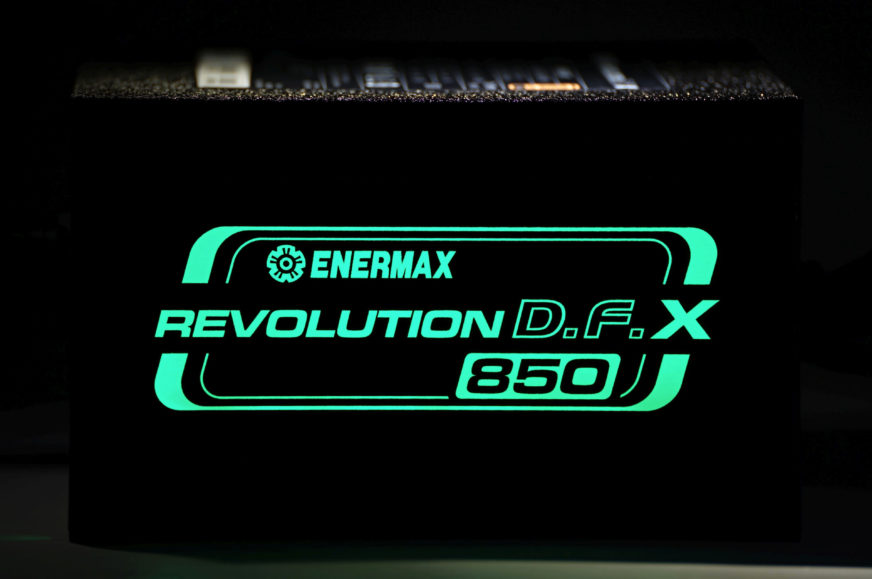
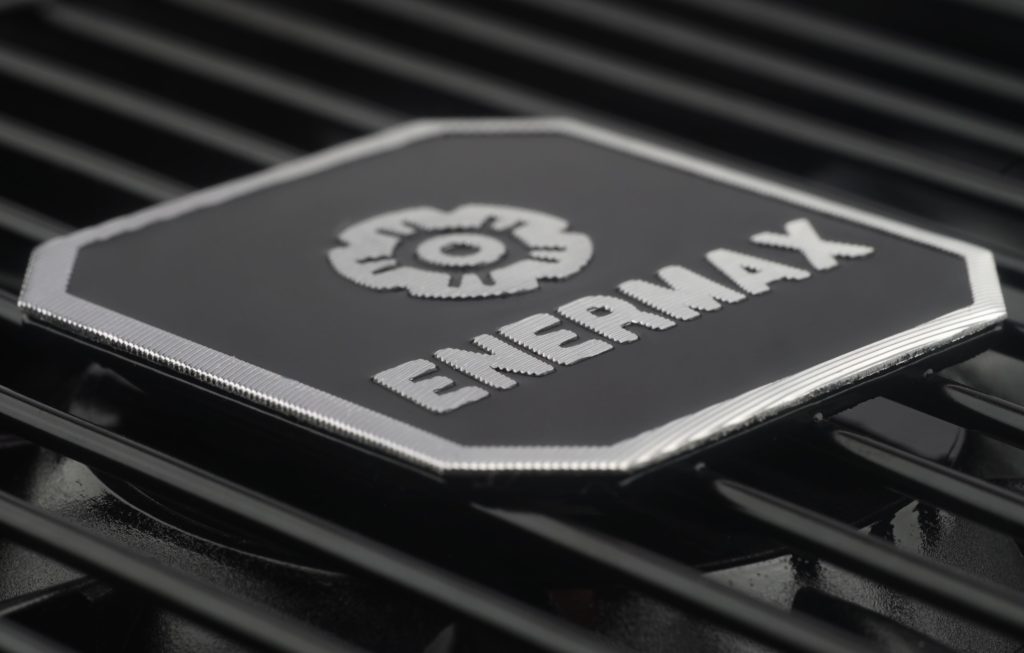
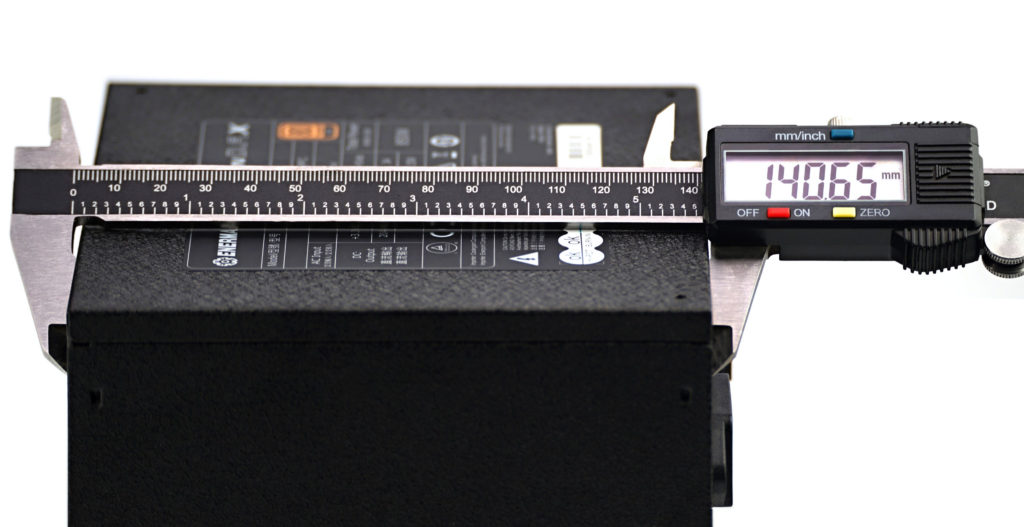

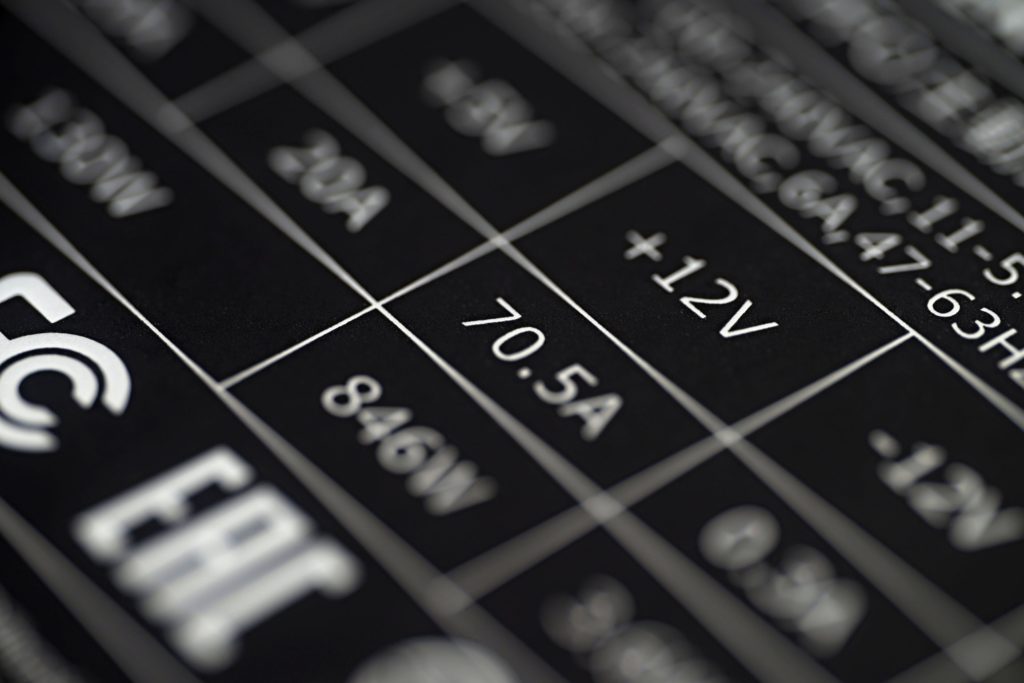

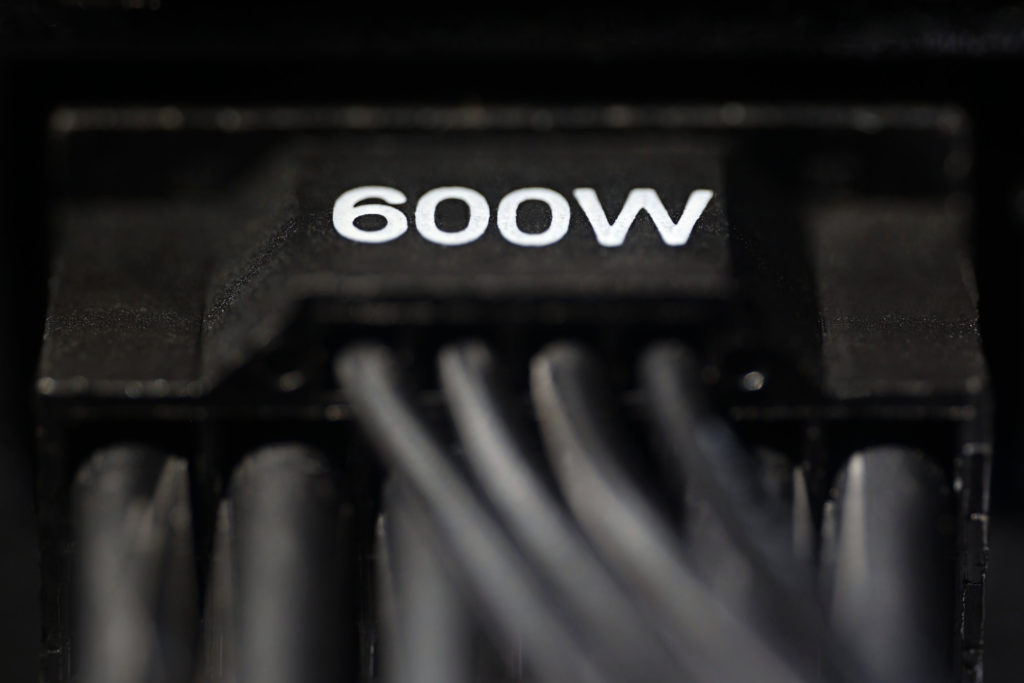

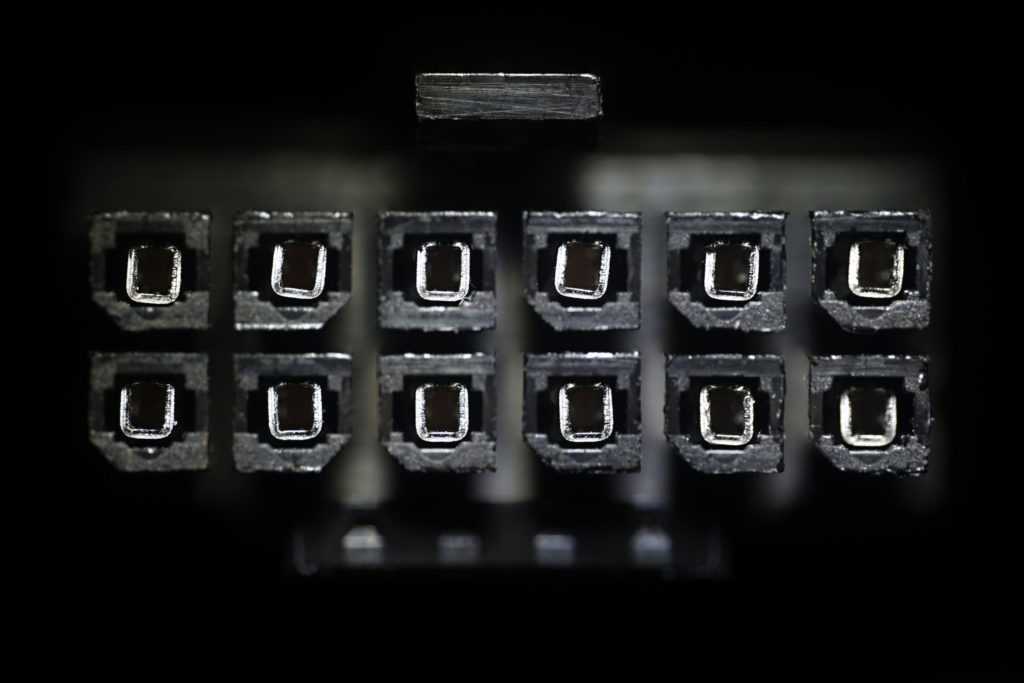
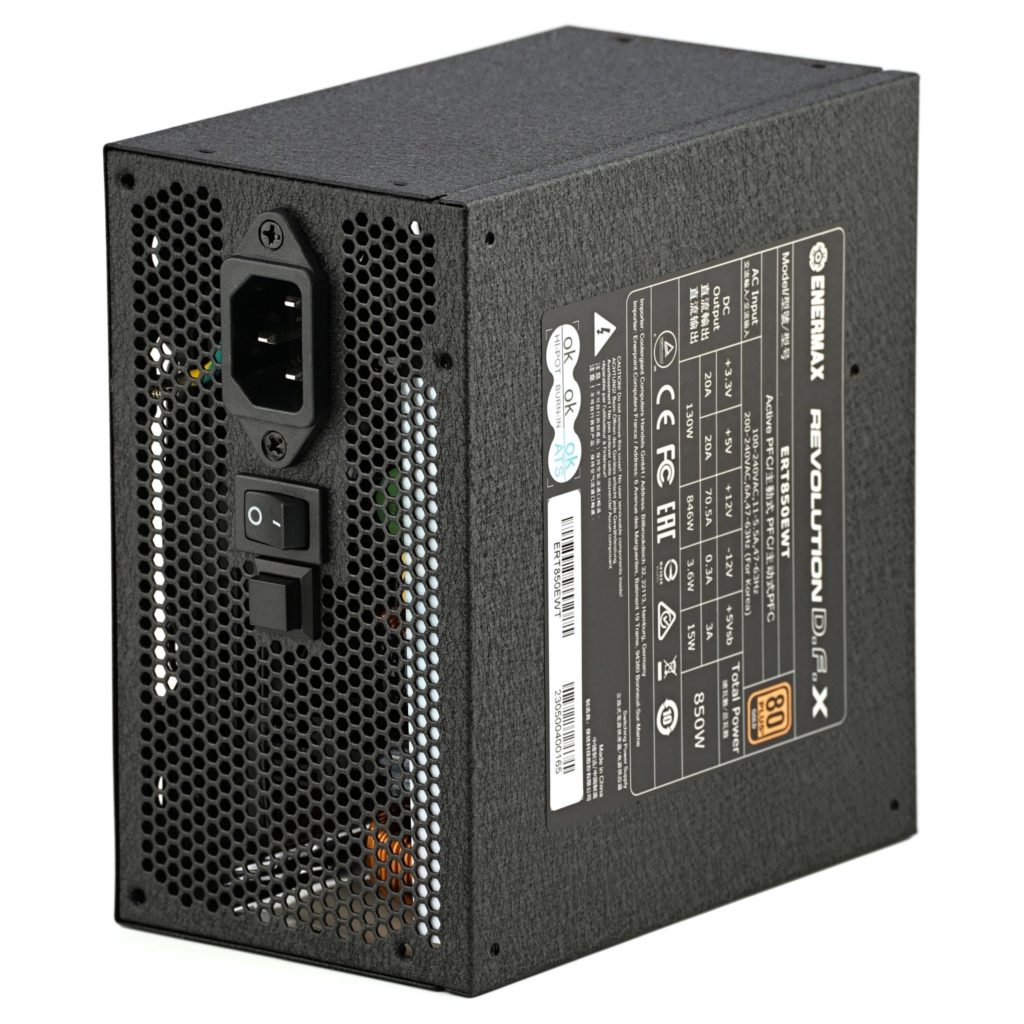
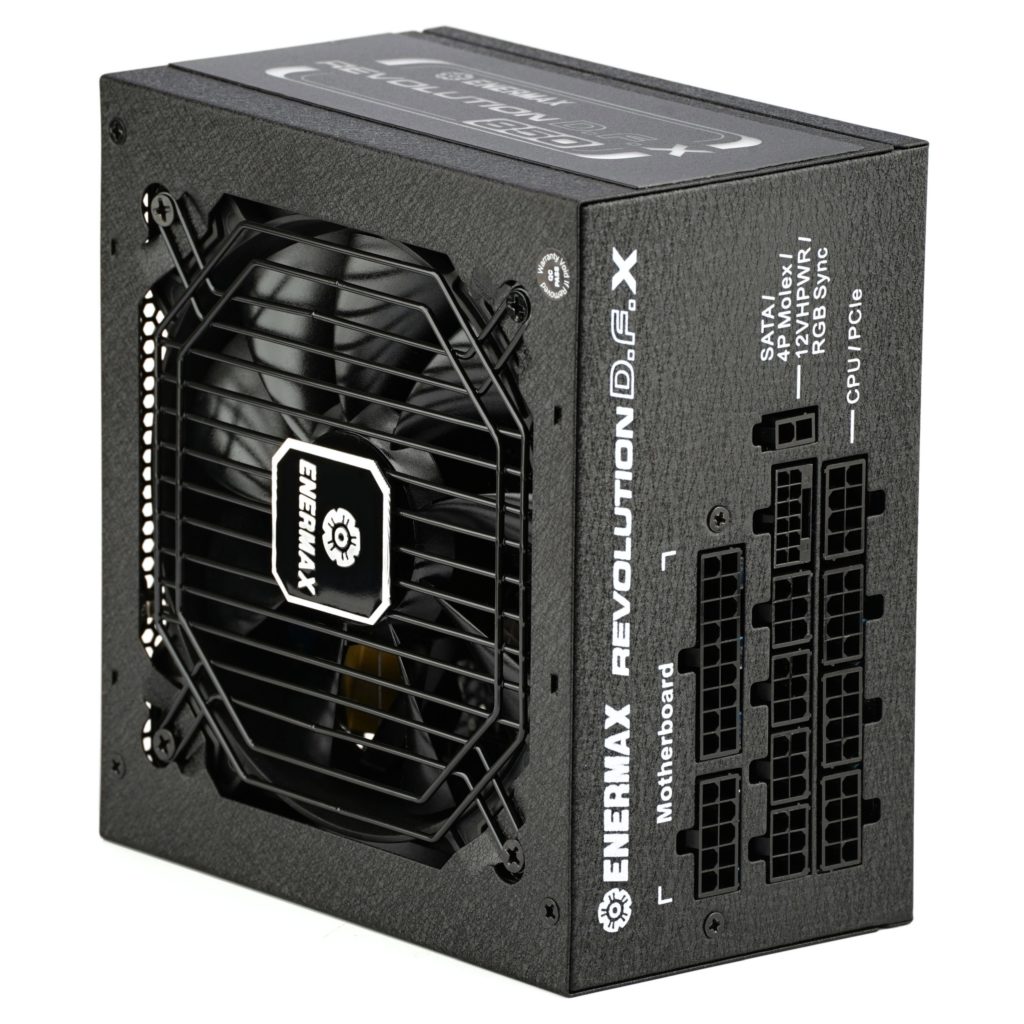
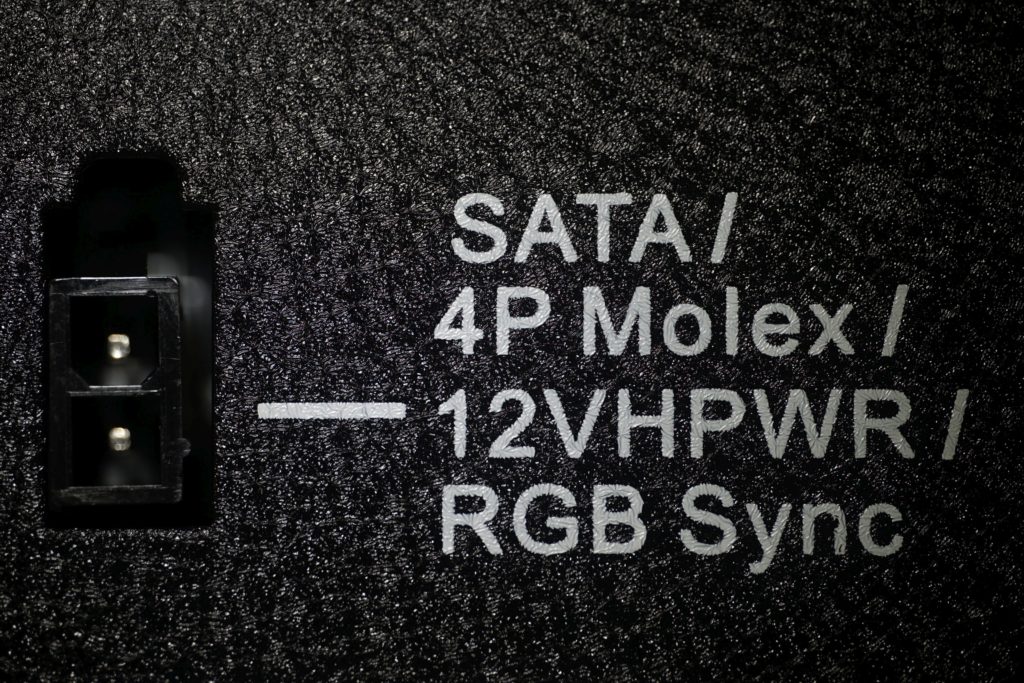
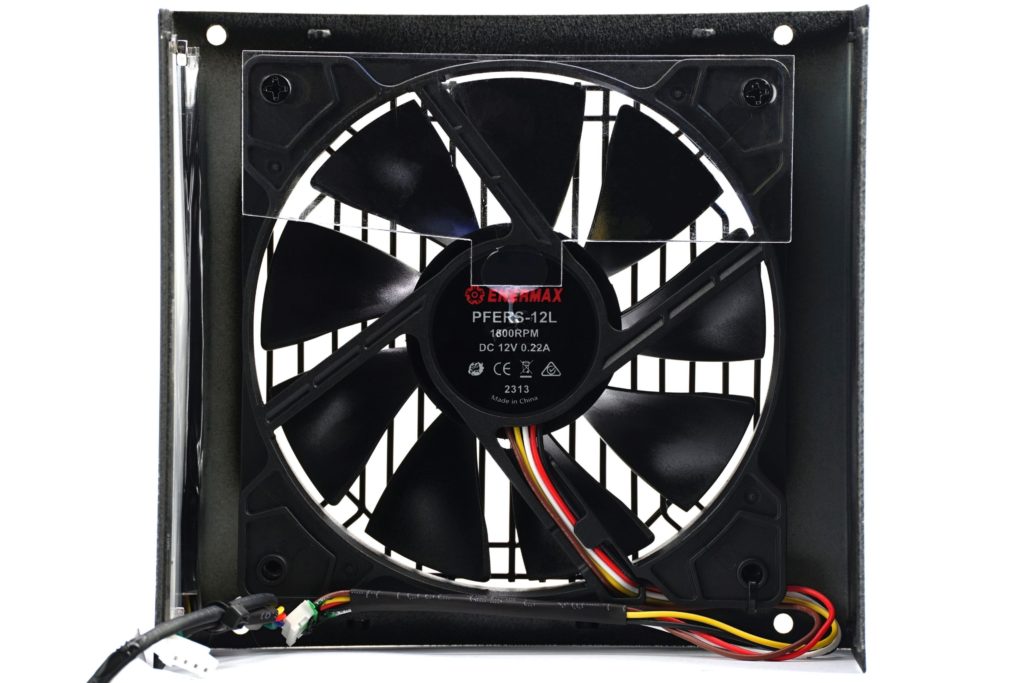
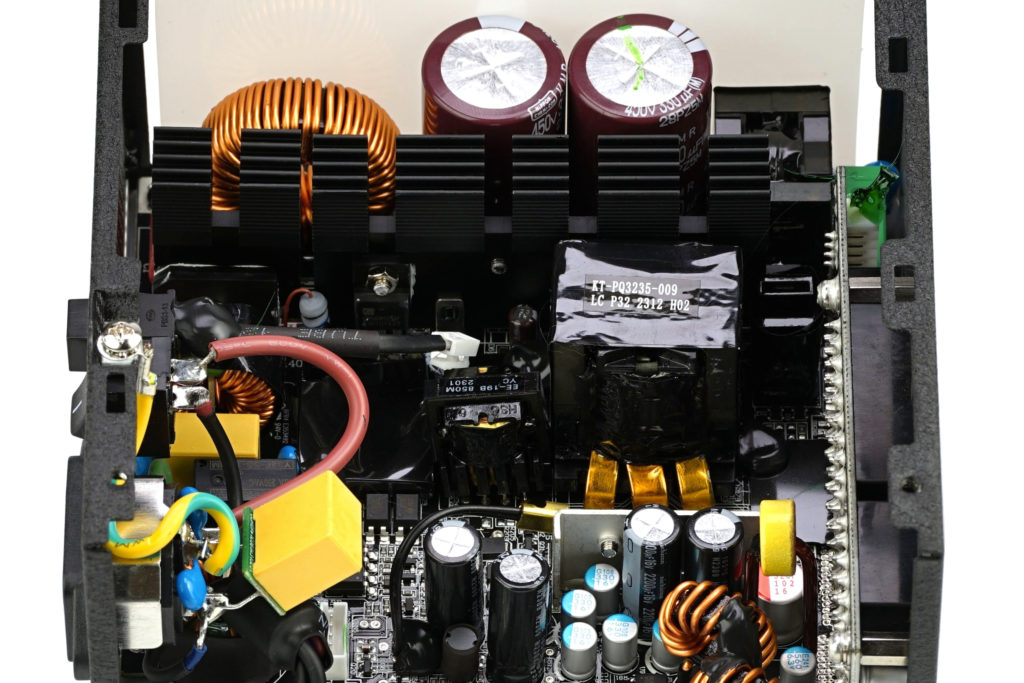
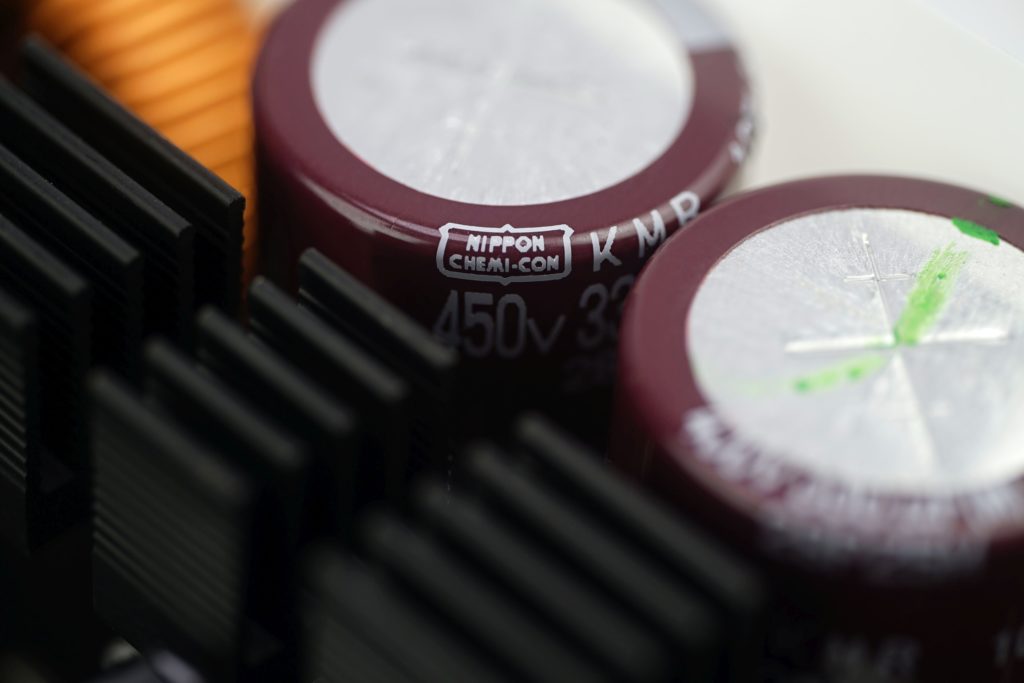
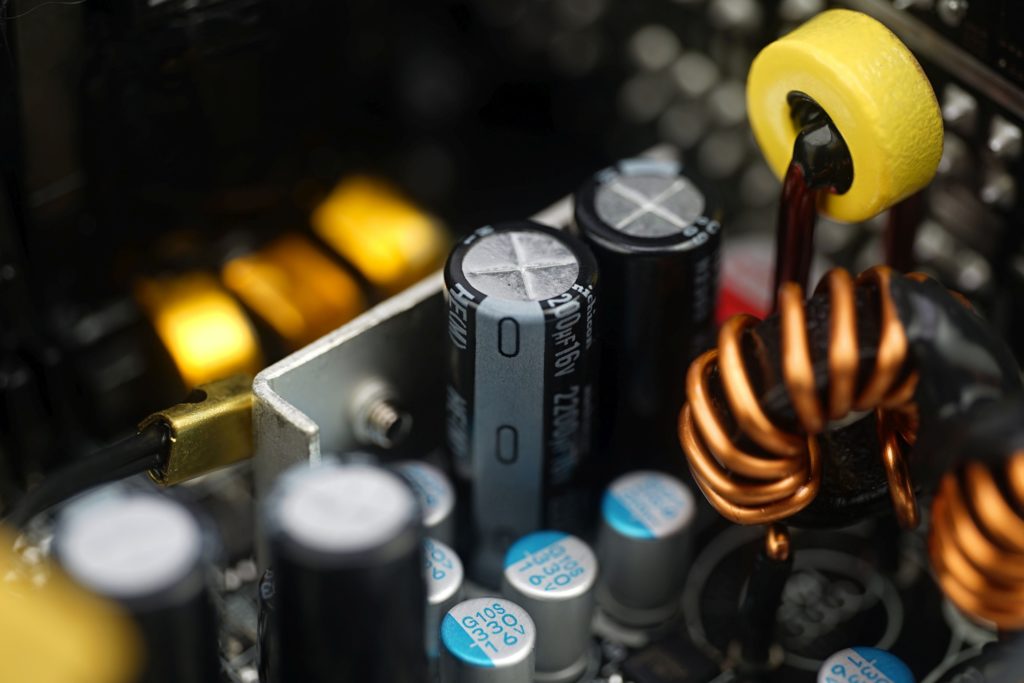



I used Enermax Revolution D.F. ERF750EWT 2 years ago. I have very frustrating memory about mounting the PSU into chassis. The protruding fan grill of the PSU didn’t allow me to equip it into a PSU chamber of Fractal Design’s Meshify 2. Revolution D.Fs have a reallly odd design of their fan grill. It seems that they resolved the compatibility issue by making the grill indent.